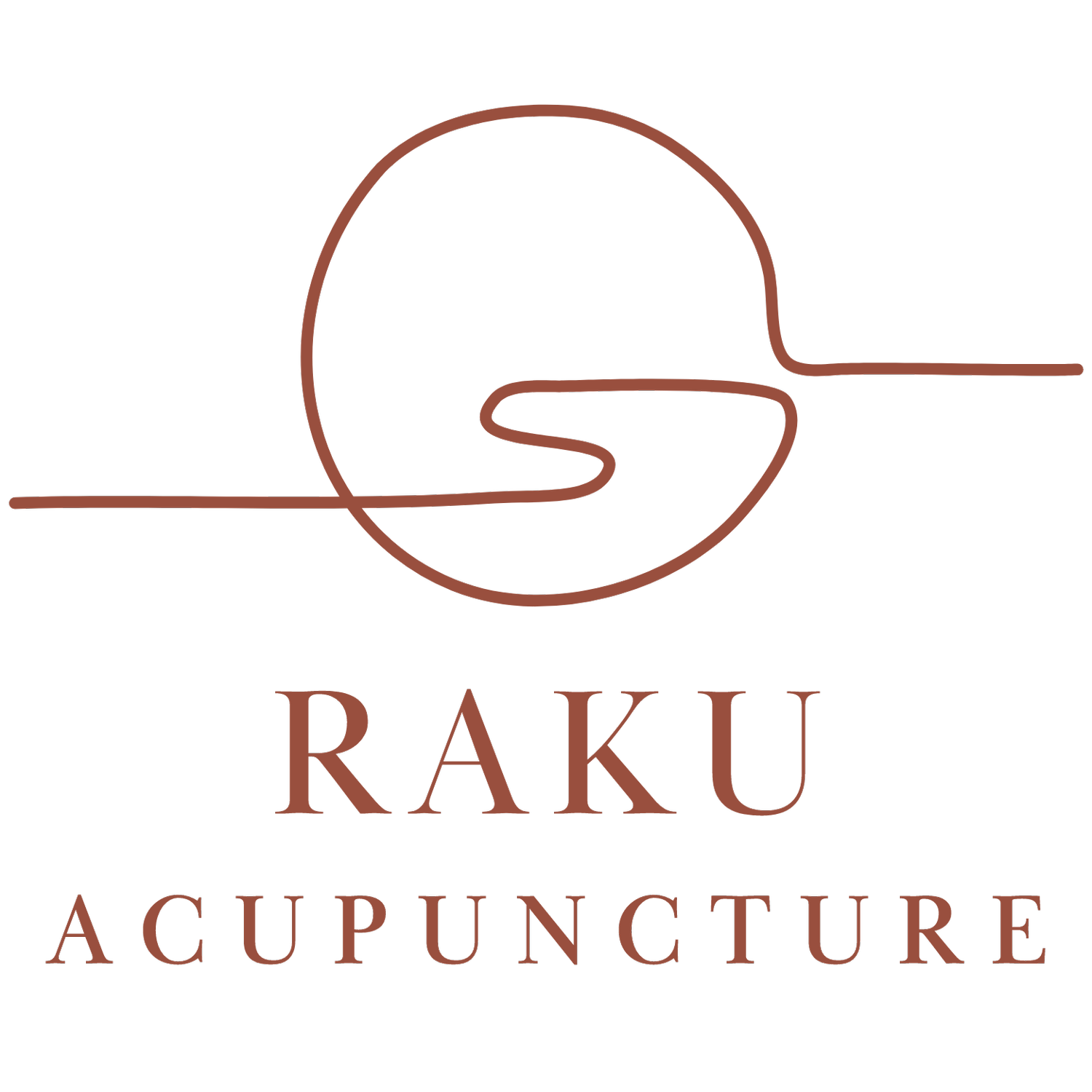What is Acupuncture?
The second most common question (behind can acupuncture treat . . .?) I get asked is, what even is acupuncture? I’m not going to bore you with all the fine, nitty gritty details of this amazing medicine in one blog post (seriously- I could go on and on!) but, it is important to note that acupuncture is a small piece of a big umbrella of medicine called Chinese Medicine. Chinese Medicine also includes modalities such as moxibustion (the burning of a specific herb), gua sha, cupping, herbal medicine, and so many more facets. My following blog posts will be elaborating on these amazing modalities and how they can support you in tandem with acupuncture. As a trained acupuncturist, I have been trained in all of these modalities and I absolutely love using them!
Known records of acupuncture date back thousands of years. I’m talking 3,500 years at least. Back then, practitioners would use small stones and rocks to puncture certain locations of the body. These certain areas of the body are called acupuncture points and they lie on something called channels or meridians. In Chinese medicine, there are 12 primary channels that spread and connect throughout our bodies. The channels are the Lung, Large Intestine, Spleen, Stomach, Heart, Small Intestine, Pericardium, San Jiao, Liver, Gallbladder, Kidney, and Bladder. These channels can come out of balance or the flow of energy within them (called Qi) can get stuck. Acupuncture can adjust the flow of energy or qi in ours bodies. While Western Medicine is focused on this “seek and find” mentality- meaning we seek a specific symptom out and only work on that, acupuncture and Chinese Medicine is more oriented towards the entire body. I’m talking the physical body, the emotional body, and even the spiritual body. When you get regular acupuncture treatments, you should feel better overall- sleep better, digest things better, have better energy, have less brain fog- and these are just the side effects!
Each acupuncture appointment is tailored specifically to you. During the treatment I ask you a ton of questions (partially because I love getting to know people) to come to a unique diagnosis about where you are out of balance and what we need to do as a team to bring you back into balance. We also look at your tongue and feel your pulse (huge diagnostic pieces for us practitioners!). And while we no longer use stones or rocks to get to acupuncture points, we do use filiform needles, which are hair thin needles that are super flexible. They are not at all like hypodermic needles that we use for flu shots and blood tests.
Hopefully this laid some groundwork for understanding acupuncture. Book an appointment with me to experience this all first hand. Click here to make an appointment.
Acupuncture offers a holistic and natural solution to supporting your fertility & reproductive health as well as pregnancy & postpartum support.
If you’re ready to experience the benefits of acupuncture for yourself, schedule an appointment today.
Raku Acupuncture
(720) 230-3225 | micaela@rakuacu.com
Proudly serving Doylestown, Bucks County, PA. Located near Chalfont, New Britain, Solebury, Perkasie, Newtown, Yardley, New Hope, and Lambertville.
Disclaimer: This article is not intended for the purpose of providing medical advice. All information, content and material is for informational purposes only and is not intended to serve as a substitute for consultation, diagnosis, and/or medical treatment.
